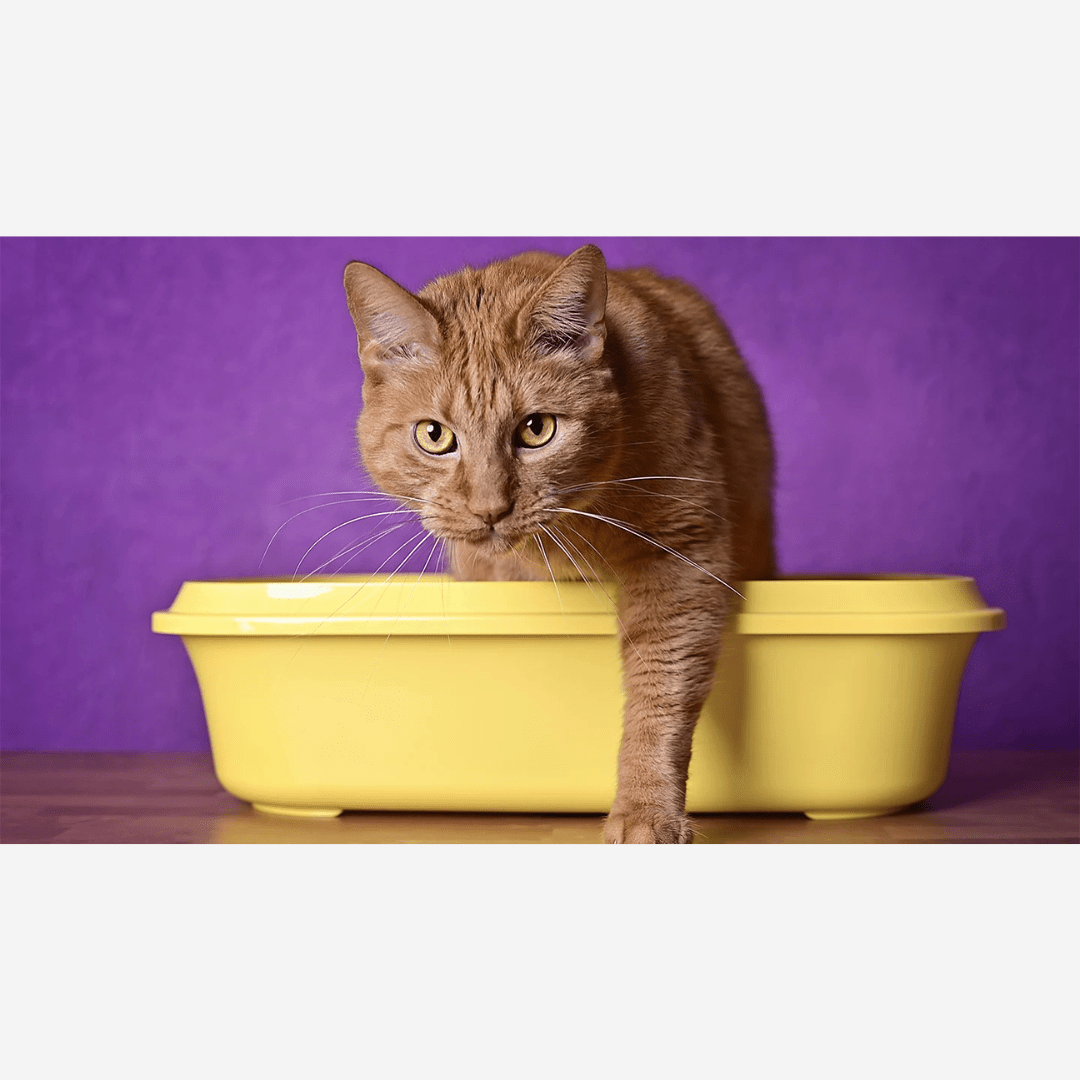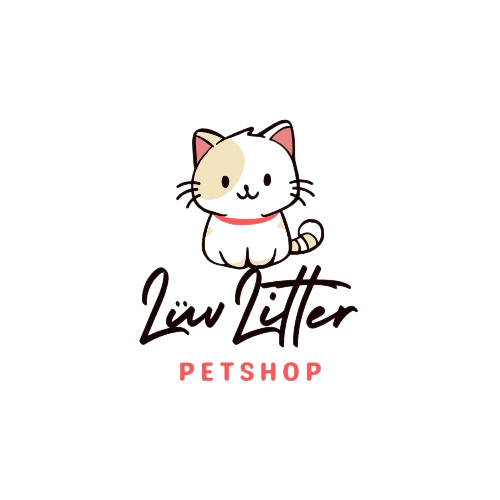
What is the Best Cat Litter and What are the Differences?
Share
What's the Best Cat Litter: Finding the Perfect Choice for Your Feline Friend
As cat parents, we all want the best for our feline companions, and choosing the right litter is a crucial part of creating a comfortable home environment. With so many options available today, from traditional clay to plant-based alternatives, the decision can feel overwhelming. Let's explore the most popular cat litter types on the market and discover why a specific combination might be the ultimate solution for your kitty's needs.
1. Bentonite Clay Litter: The Traditional Choice

Pros:
- Strong clumping ability that makes scooping easy
- Excellent odour control
- Widely available and often more affordable
- Familiar texture that most cats adapt to quickly
Cons:
- Heavy and difficult to transport
- Creates dust that can trigger respiratory issues
- Not biodegradable or sustainable
- Can be tracked throughout the home
Bentonite clay has been the go-to litter material for decades. Its natural absorbency creates tight clumps when wet, making waste removal straightforward. However, the environmental impact of clay mining and the fact that it sits in landfills for years has led many pet owners to seek alternatives.
Examples: EverClean, SaniCat
2. Tofu Cat Litter: The Eco-Friendly Newcomer
Pros:
- Made from renewable plant resources
- Biodegradable and flushable (in most systems)
- Lightweight and easy to handle
- Low dust production
- Excellent at neutralising odours naturally
Cons:
- Generally more expensive than clay options
- May not clump as firmly without additives
- Some cats may need time to adjust to the different texture
Tofu cat litter is made from the byproducts of tofu production, creating a sustainable option that's gaining popularity. Its absorbent nature combined with natural odour-fighting properties makes it an excellent choice for environmentally conscious cat owners.
Examples: Catit, Pidan, CocoCat
3. Cassava Cat Litter: Tropical Sustainability
Pros:
- Highly absorbent and forms solid clumps
- Made from cassava plant, a renewable resource
- Biodegradable and often compostable
- Good odour control
- Low tracking around the home
Cons:
- Less widely available than other options
- Can be on the pricier side
- May break down more quickly when wet
Cassava litter offers similar benefits to tofu litter but with slightly different properties. Made from the starchy root of the cassava plant, it's particularly good at forming solid clumps while remaining environmentally friendly.
Examples: CocoCat, Hide & Seek
4. Corn Cat Litter: The Farm-Based Option

Pros:
- Natural odour control through absorbent corn kernels
- Clumps reasonably well
- Biodegradable
- Low dust production
Cons:
- Can attract insects if not stored properly
- Potential for mould growth in humid environments
- Medium-level tracking around the home
- Sometimes less effective at odour control than chemical alternatives
Corn litter utilises the natural absorbency of corn kernels to create a relatively sustainable option. It tends to be lighter than clay but heavier than some plant-based alternatives, striking a balance between convenience and eco-friendliness.
Examples: World's Best
5. Wood Pellet Cat Litter: The Recyclable Choice

Pros:
- Often made from reclaimed wood waste
- Natural pine scent helps mask odours
- Very economical compared to other eco-friendly options
- Low tracking throughout the home
Cons:
- Doesn't clump (pellets disintegrate into sawdust when wet)
- Requires different scooping technique
- Some cats dislike the larger pellet size
- Can be dusty as pellets break down
Wood pellet litter offers a unique approach to waste management. Instead of clumping, the pellets absorb moisture and then break down into sawdust, which can be sifted out. This makes it a cost-effective option, though it requires a different maintenance routine.
Examples: Simply Pine
The Ultimate Blend: Tofu, Bentonite, and Cassava
After analysing all these options, many cat owners are discovering that a custom blend provides the perfect balance of performance and sustainability. The combination of tofu, bentonite, and cassava creates a litter that offers:
-
Superior clumping ability: The bentonite provides strong clumping action that makes waste removal easy and efficient.
-
Enhanced odour control: Each component brings its own odour-fighting properties—bentonite absorbs and traps, while tofu and cassava naturally neutralise odours.
-
Reduced environmental impact: By using less bentonite and incorporating plant-based materials, this mix significantly reduces the environmental footprint compared to pure clay litters.
-
Better dust control: The plant-based components help reduce the dust typically associated with pure clay litters.
-
Improved texture: Many cats prefer this mixed texture over single-material options.
-
Balanced weight: Lighter than pure bentonite but substantial enough to minimise tracking.
The ideal ratio depends on your specific needs, but many find that a mixture of 70% tofu, 20% bentonite, and 10% cassava strikes the perfect balance. The bentonite provides the strong clumping action, while the plant-based components add sustainability and natural odour control.
Making the Switch
If you're transitioning from a traditional litter to this blend, remember that cats can be sensitive to sudden changes. Gradually mix increasing amounts of the new blend with your cat's current litter over 1-2 weeks until you've completely transitioned.
Conclusion
While each type of cat litter has its merits, the combination of tofu, bentonite, and cassava offers a truly balanced solution that addresses both performance needs and environmental concerns. By blending these materials, you can create a customised litter experience that keeps both your cat and the planet happy.
Remember that individual cats may have preferences based on texture, scent, and other factors. Don't be afraid to experiment with different ratios to find what works best for your feline friend. The perfect litter is the one that keeps your cat using the litter box consistently while meeting your household's practical needs.
Have you tried mixing different litter types? What combination works best for your cats? Share your experiences in the comments below!


